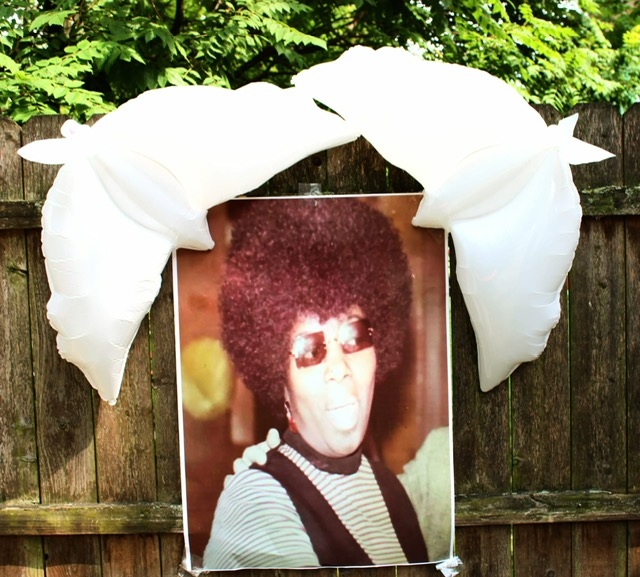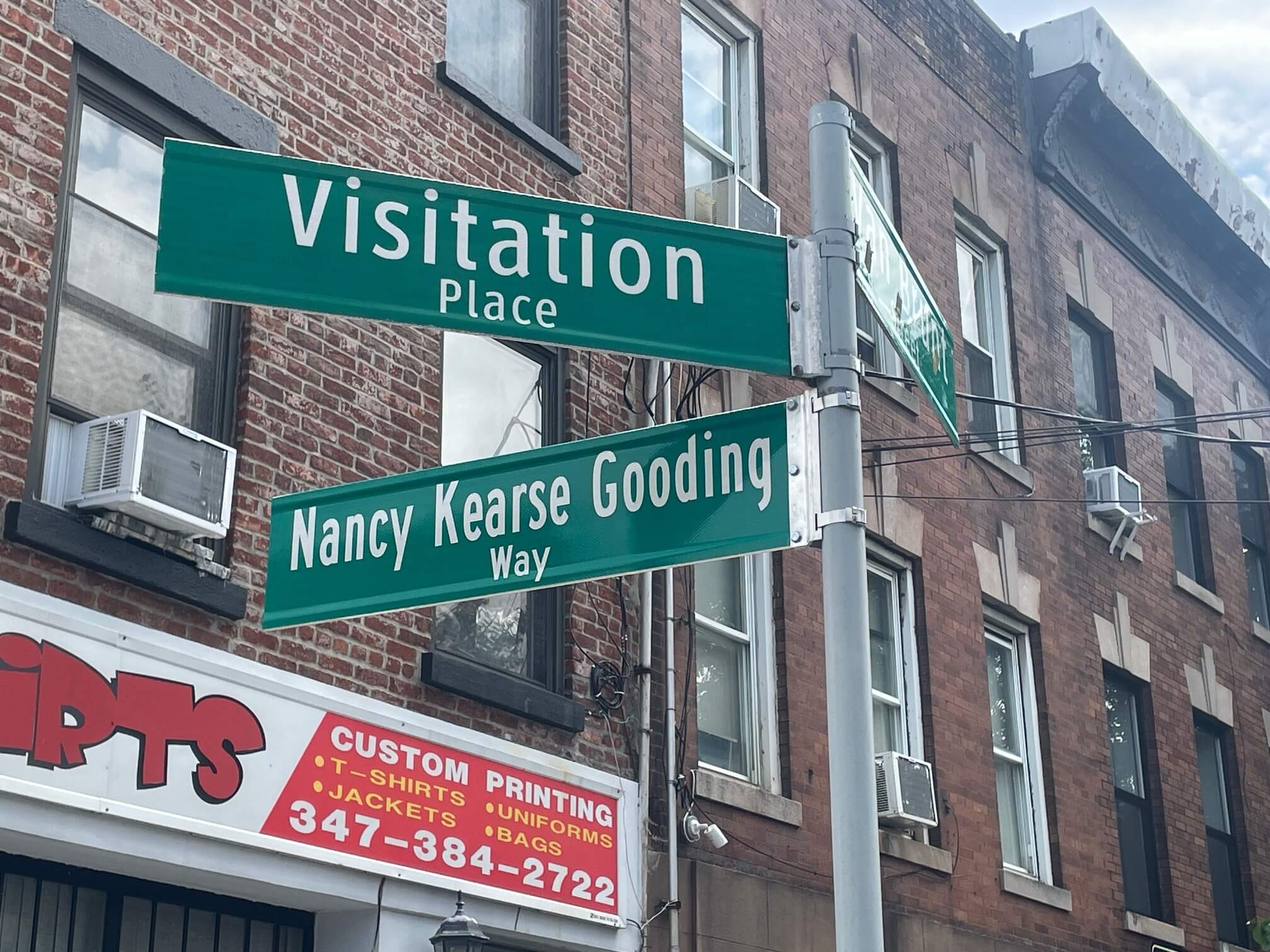Family, friends, neighbors, and appreciative members of the Red Hook community gathered to celebrate Nancy Kearse Gooding at a barbecue on Coffey St on July 20. Last December the corner of Visitation Place and Van Brunt was renamed after her.
Kearse Gooding was a force in Red Hook starting in the 1970’s. She ran an organization that helped local people find jobs. She demanded that Red Hook have a health center and made sure that it happened.
She died prematurely at 47 years old in 1984 due to complications following surgery.
“She was a fighter,” said Nancy’s sister, Christalee. “When she knew she was right, she wouldn’t let anyone tell or convince her otherwise. She was very, very strong-minded. She stood up for her family and the community.”
“She was one of those aunts who was really hands-on,” said her niece Ivymakita Kearse Bernard. One thing that really stands out is every summertime there was a cookout at our Nancy’s house and I remember she would always buy a full pig and have it slow-cooked during the day. I assure you, even though it was for the family she made sure everyone on the block was well fed.”

She was elected district leader and endorsed by Shirley Chisholm.
While Kearse Gooding often brought people together with food she also did so by holding “free community bus rides to Bear Mountain, Hershey Park, and other family theme parks.”
“You could tell how many people Nancy touched because you couldn’t believe how many people came to her funeral,” Christalee said. “It was a mixture of black and white people. There were so many who spoke about how she helped them personally.”
She was a tenant leader—the following was written about her in 1978 in the Brooklyn Phoenix newspaper.









